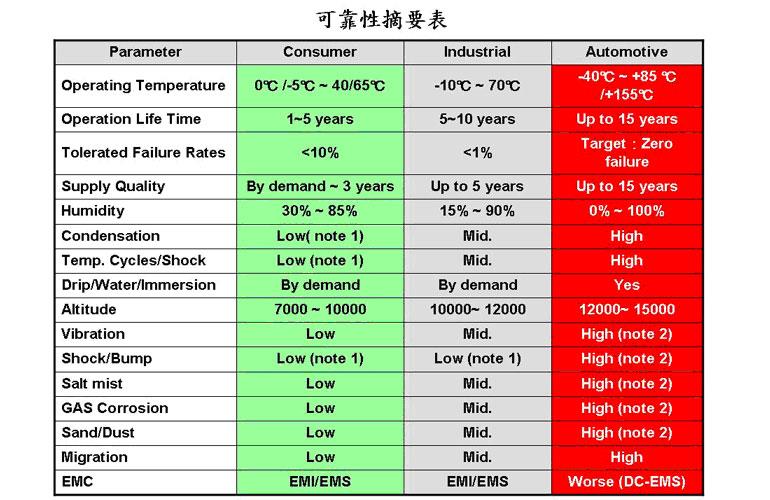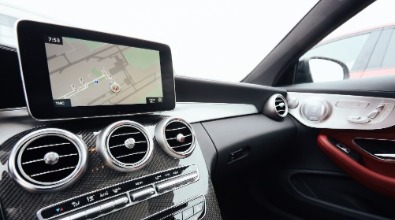Taiwan's industrial development has changed from information electronics to consumer's electronics, optical telecommunications and automotive electronics. In the survey of Strategy Analysis from 2004~2006, the report shows a continuously growing number of factories entering into the automotive electronics market. However, due to the fact that the reliability standard of automotive electronics is different from our familiarity of consumer electronics, we started to research the laws and regulations of ICs and modules for automotive usage in 2007.
For standardize the reliability test of automotive ICs, in 1994, Chrysler, Ford, GM established the Automotive Electronics Council (AEC).
Currently, the member of this council consists of representatives from major automobile and automotive electronics/ semiconductor companies around the world. AEC set up two committees: (1) Quality Systems Committee and (2) Component Technical Committee.
- The Quality Systems Committee is responsible for the quality systems management of products (IATF 16949、ISO/TS 16949)
- The Component Technical Committee is in charge of establishing reliability testing standard for automotive ICs, including techniques compiling data, sampling, and standards.
Currently, besides the major car factories that have their own standards (such as BENZ MBN LV 124、BMW GS 95003、FIAT/ALFA ROMEO 9.90110、FORD CETP 00.00E412、WDS 00.00EA-D11-1、GMW3172、HAITEC TES-76001、HYUNDAI/KIA ES 90000、ES 91500-00、MAZDA MES PW 67601、MITSUBISHI ES-X82113、NISSAN 28401NDS01、TOYOTA TSC 0511G、TSC 7000G、VOLKSWAGEN VW 80000、VW 80101, etc), Society of Automotive Engineers (SAE) is the main standard in America. In Europe, the main standard used is the ISO16750 series, in which Part 1 to Part 5 all have detail descriptions. In Japan, reliability testing follows the standards of the Japanese of Automobile Organization (JASO). In addition, IEC EN 60721 and IEC 60605 are used internationally.
The table below is a summarized chart of the standards for consumer, industrial and automotive electronics. Each area has an extremely different set of standards. Besides, the severity and failure rate of test condition are totally different as well. DEKRA iST currently not only can meet the standards of the chart below, but also provide a complete electric and material failure analysis to enhance product improvements.

<Requirement comparison between automotive and other industry>

To make all your PROBLEMS SOLVED, we provide professional consultant and service.
For more information or service, please feel free to email to 📧 sos@dekra-ist.com




